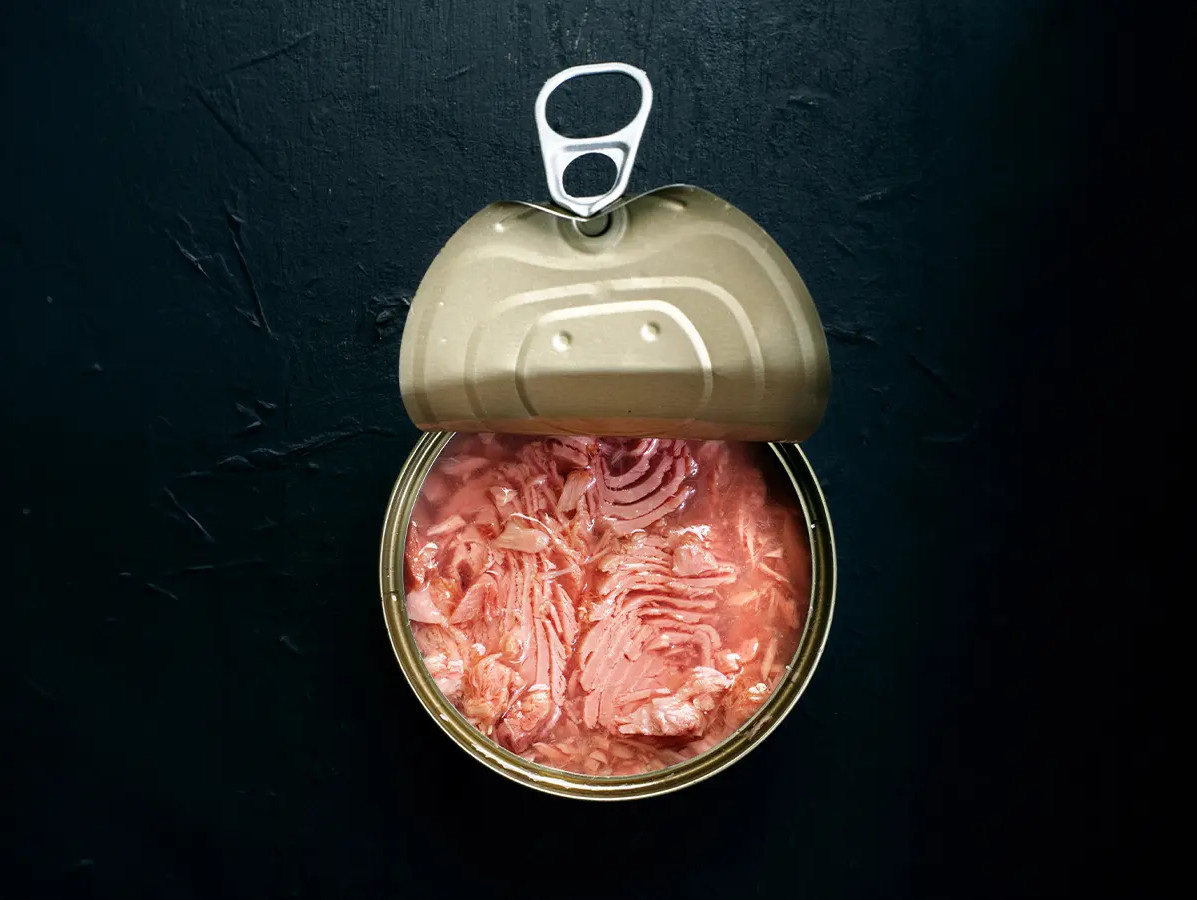
A recent report from the French organizations BLOOM and Foodwatch reveals that 100% of the 150 tested tuna products across Europe contain mercury. Alarmingly, 10% of these samples exceed the legally permitted mercury levels, raising questions about the safety of tuna in European supermarkets.
Tuna, one of Europe’s most popular fish, often contains higher concentrations of mercury. The World Health Organization classifies mercury as a substance of major concern, frequently found in food as methylmercury. This compound, classified as potentially carcinogenic and neurotoxic, is considered especially risky for pregnant women and children. In a broad European study, BLOOM tested canned tuna from various countries, with results showing a substantial number of products above the current mercury safety standards.
In response to these findings, BLOOM and Foodwatch are calling on supermarkets to reassess their standards and take action as necessary. They recommend removing any tuna products with mercury levels above the stricter 0.3 mg/kg limit, which already applies to other fish species. The organizations also urge supermarkets to increase consumer awareness about mercury presence, potentially through clearer product labeling and online information.
Mercury makes its way into fish through the food chain, accumulating in large predatory fish like tuna. Currently, European regulations set a maximum limit of 1 mg/kg for mercury in tuna, in contrast to tighter limits for other fish species. BLOOM and Foodwatch advocate for aligning this standard with that of other fish species to ensure consumer safety and increase awareness.
Source: Foodwatch